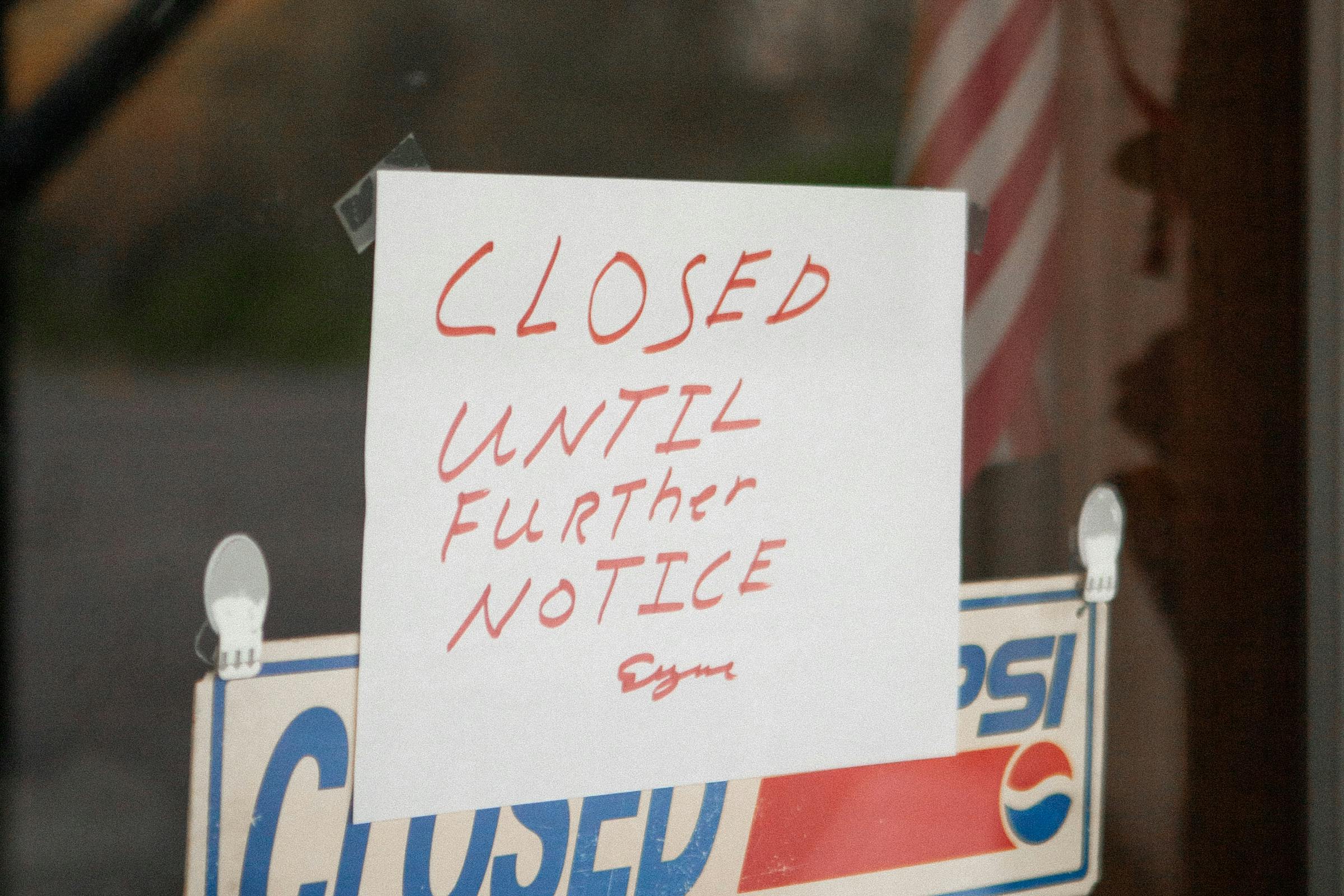Getting Your Initial or Renewal Visa
The first time you get your initial visa stamped and every renewal afterward, you must use the rules for your specific home country. For most people, this means heading to the US Embassy or Consulate outside of America, but there are systems in place to help make it easier to renew a visa while in the States.
Once you obtain your visa and begin your journey in America, you can leave the country freely, although customs will likely question you. Ensure you always carry your visa, passport, and critical documentation proving your identity and legal status.
Always follow all federal and immigration rules, including those that forbid the use of drugs as an immigrant. If your customs officer suspects you are using or carrying drugs, they can detain you, and if you’re found with drugs, your visa may be revoked.
Coming From Abroad
So you’ve already been in the United States, left the borders, and are trying to re-enter. These times outside of the country may not be limited, but they are documented. You may be able to recapture this missed time at the end of your six-year visa stay.
However, getting back into the country isn’t always as easy as showing your visa. Most Customs and Border Protection officials will request other documentation, so be sure that you have the following information at your disposal in physical and electronic copies:
● A valid passport with an end date that extends through or beyond the date on your Form I-797 Notice of Approval
● Your valid H-1B visa with multiple entry stamp
● Your Form I-797 Notice of Approval
When you get to your port of entry, your passport will be reviewed, date-stamped (although this is often done electronically now and not in the physical book), and returned. Look at the I-94 form online and check the expiration date. If this is incorrect, return to the port of entry and request it to be corrected. Note that occasionally, the officer will add an extra ten days beyond the expiration date as a grace period, and this is acceptable.
Automatic Visas
Certain countries have an agreement with the US regarding short-term travel. Should you need to go to Mexico or Canada for under 30 days, you may receive an automatic revalidation of your visa. This permits you to return to the US even if your visa stamp is expired. However, you’ll need to confirm this eligibility before you attempt to cross borders.
An important tip to note is that automatic visa revalidation does not apply to any nationals of countries on the State Sponsors of Terrorism List.
What’s Next?
When you agree to accept any visa, you’re stating that you will abide by the governing agencies' terms and conditions. This can be intimidating as any deviance from those stipulations can result in your visa being revoked or worse. Before you make any significant changes, check with Visa2US to ensure you’re following all of the terms of your visa status.














